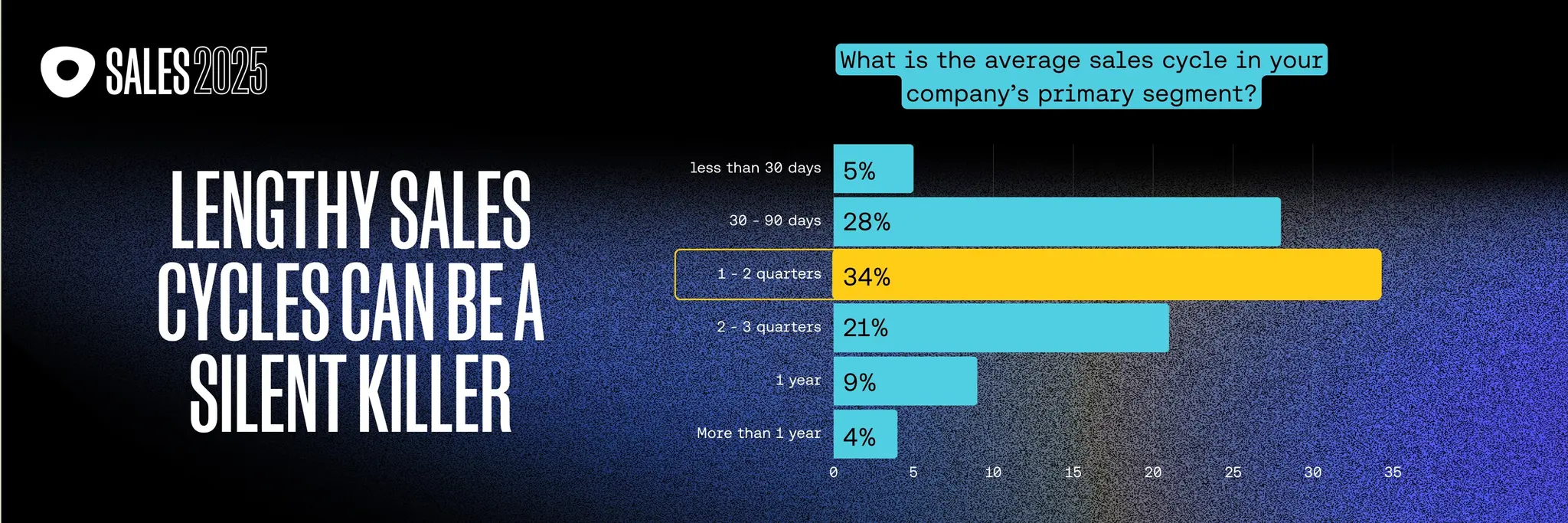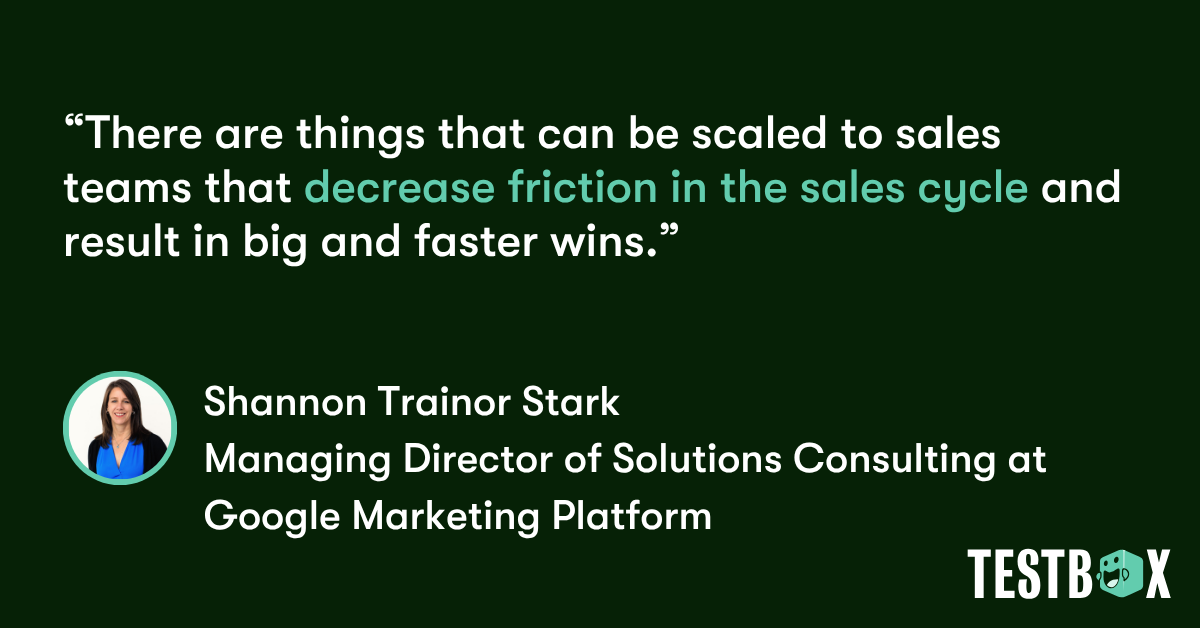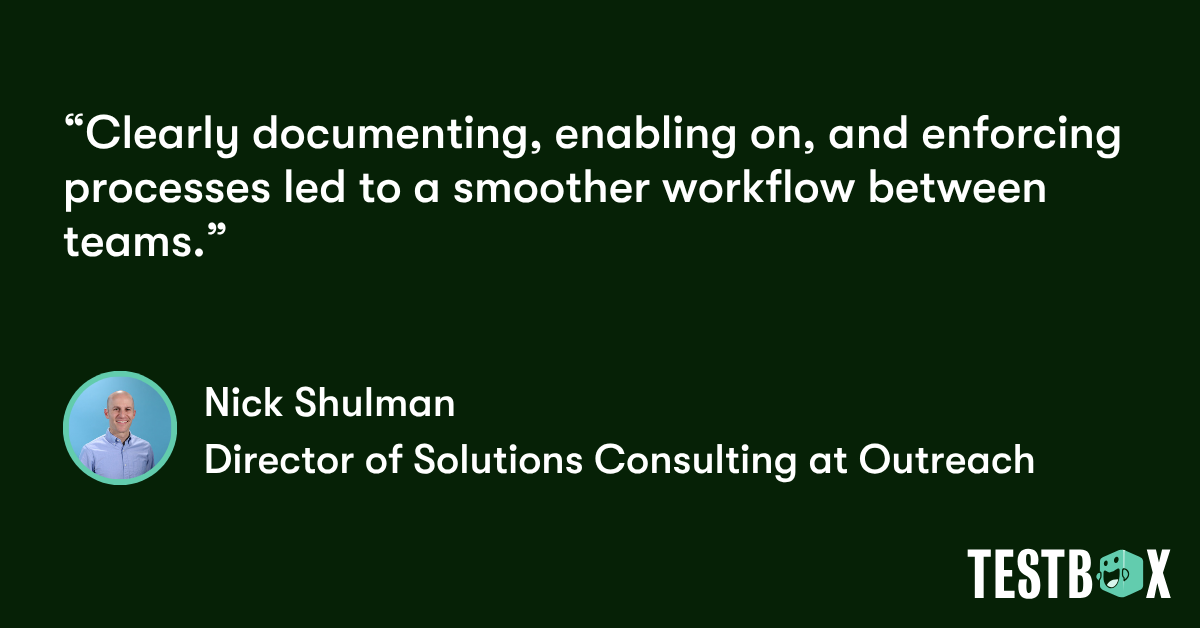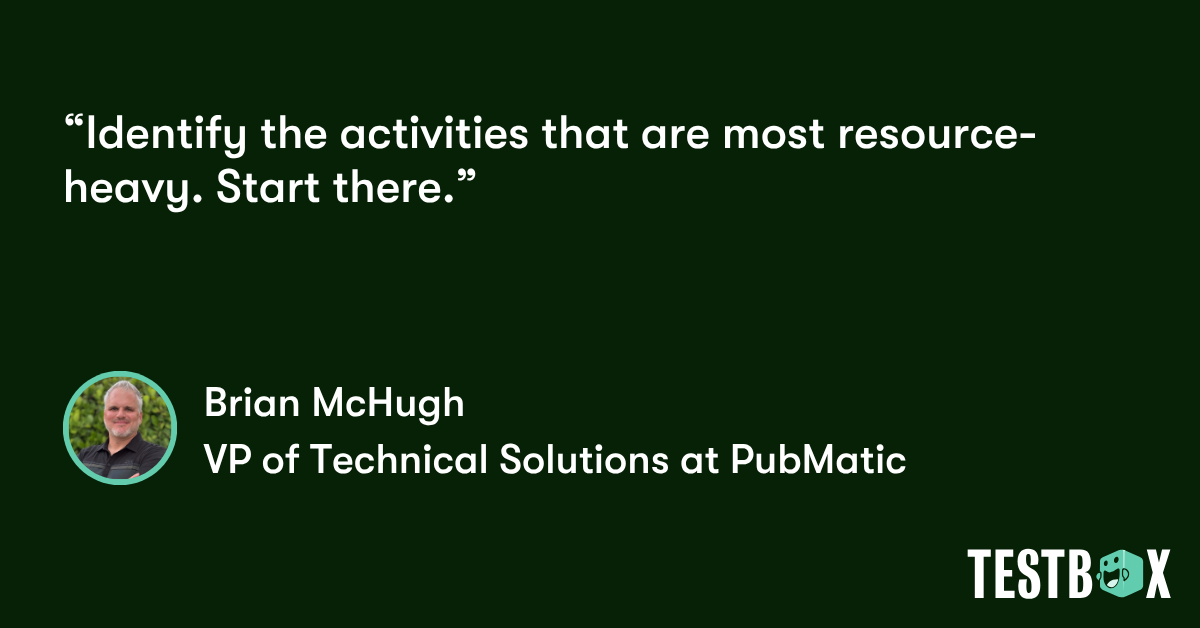Closing deals has always been about building trust. But today, with larger buying committees, tighter budgets, and endless scrutiny on ROI, trust comes from proof — not promises.
Across SaaS and B2B tech, sales cycles keep stretching. According to Outreach’s 2025 Sales, more than a third of GTM leaders say their average deal takes one to two quarters to close, while deals that wrap up within 50 days win almost twice as often.

That gap between interest and proof is where most revenue teams lose momentum. The longer buyers wait to see value, the harder it is to maintain excitement, urgency, and internal alignment.
So how do you shorten a sales cycle without cutting corners? You remove friction, bring proof forward, and make it easier for buyers to believe — fast.
Why Traditional Sales Acceleration Tactics Don’t Work Anymore
Adding more automation, more touches, or more sequences doesn’t equal more velocity. It just adds noise.
Today’s buyers are informed, skeptical, and cautious. They’re not waiting to be convinced — they’re waiting to believe.
And while every organization is racing to incorporate AI, the reality is that AI excels at specific, well-defined tasks but still struggles with the nuanced consultative elements that actually close deals.
That nuance - helping buyers feel confident - doesn't come from pushing harder. It comes from making proof easy to access and impossible for buyers to ignore.
Five Ways to Shorten Your Sales Cycle
1. Empower AEs to Do More — Earlier
Deals slow down every time an AE has to wait for someone else to move things forward. When Account Executives can handle early discovery, deliver standard demos, and answer basic technical questions, they keep momentum alive.
As Shannon Trainor Stark, Managing Director of Solutions Consulting at Google Marketing Platform, shared in the Building the Hybrid Seller playbook: “There are things that can be scaled to sales teams that decrease friction in the sales cycle and result in big and faster wins. If sellers are well trained, they can run their part of the sales cycle, allowing the SEs to focus on just their jobs — not having to overfunction for a poorly enabled seller.”
This doesn’t replace SEs — it frees them. Automated demo environments let AEs give buyers a hands-on product experience early, while SEs focus on complex integrations and enterprise deals.The result: fewer handoffs, less downtime, and faster movement from first meeting to proof.

2. Qualify Faster to Demo Smarter

Bad-fit demos waste time and erode credibility. Great qualification keeps your team focused where it matters most. Liam Mahoney, Strategic Solutions Engineer at ClickUp, shared this in the From Noise to Value playbook: “Lack of qualification and/or no time for SE discovery means we're flying blind into demos that have little chance of success.”
His team’s solution? Tight qualification frameworks. “We leverage MEDDPICC and require a meeting with Sales before involving SEs. This helps eliminate poor-fit opportunities before they waste anyone’s time.”
When your team qualifies thoroughly, you’re not slowing things down — you’re ensuring every demo drives a real opportunity forward.
3. Align Sales and Solutions Early (and Continuously)

Alignment between sales and SE teams doesn’t happen naturally — it’s built through trust and shared process. Without it, discovery gets lost in translation, demos miss the mark, and deals stall. Nick Shulman, Director of Solutions Consulting at Outreach, summed it up best: “Clearly documenting, enabling on, and enforcing processes led to a smoother workflow between teams.”
That consistency creates predictability. But it also creates connection. As Benjamin Hou, Director of Platform Solutions at Gong, put it: “Trust building is probably the most impactful step toward alignment — showing we’re in it together.”
When both sides share ownership of discovery, messaging, and follow-up, buyers feel a unified experience. Alignment isn’t just good teamwork — it’s good business.
4. Automate Intelligently — Not Indiscriminately

AI and automation can transform how sales teams work — but only if used with intention. The goal isn’t to replace human insight; it’s to reclaim time for high-impact work.
As Brian McHugh, VP of Technical Solutions at PubMatic, advises in the Automate Intelligently playbook: “Identify the activities that are most resource-heavy. Start there.”
Automation works best when it eliminates friction — automating follow-ups, creating demo environments, or summarizing calls — so teams can spend more time selling. But McHugh also reminds us where AI stops short:“There’s so much nuance in how a customer answers discovery questions. It’s not repeatable or replaceable.”
Use automation to remove the manual drag, not the human magic.
5. Let Buyers Experience Value — Not Just Hear About It

Nothing builds momentum like hands-on proof. Buyers don’t want more slides — they want to see your product working in their world.
As Josh Aranoff, VP of Sales and Solutions at Trimble, explains in his ebook Prove It: “Proof of Value is where momentum happens — it’s how you turn belief into conviction. When a buyer can see their world working better with your product, that’s when the deal really starts to move.”
That’s the turning point. When teams can deliver realistic, data-rich product experiences early in the cycle, buyers stop imagining outcomes and start experiencing them.
With TestBox’s automated demo and POC environments, GTM teams can skip manual setup, reduce resource strain, and give prospects an instant path to conviction — accelerating both confidence and close rates.
.png)
The 50-Day Window: Why Speed Matters
Deals that close within 50 days win nearly twice as often as those that drag on. That’s because momentum compounds — the faster a buyer sees value, the faster they can justify moving forward.
Shorter cycles come from clarity, not pressure:
- Empower AEs to act earlier
- Qualify with precision
- Align across teams
- Automate what’s manual
- Prove value hands-on
Velocity doesn’t come from doing more — it comes from doing what matters sooner.




.jpeg)



